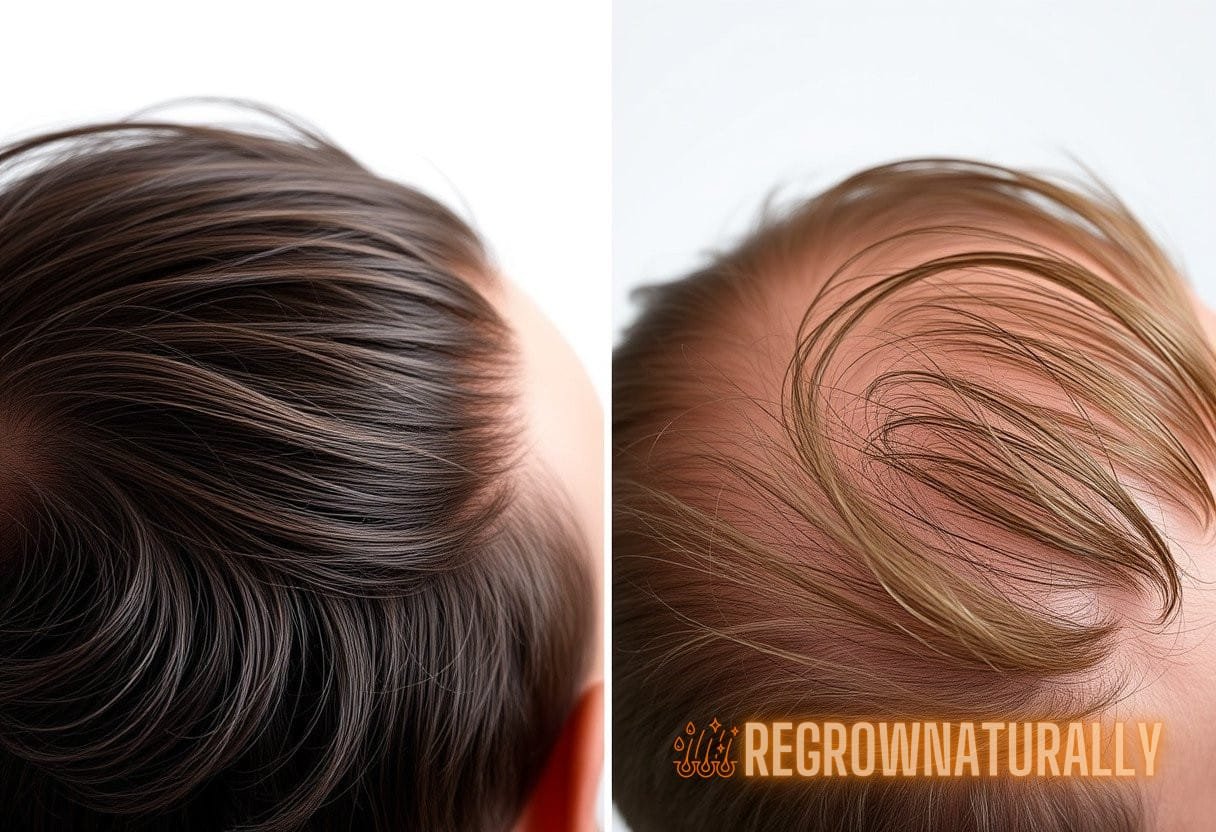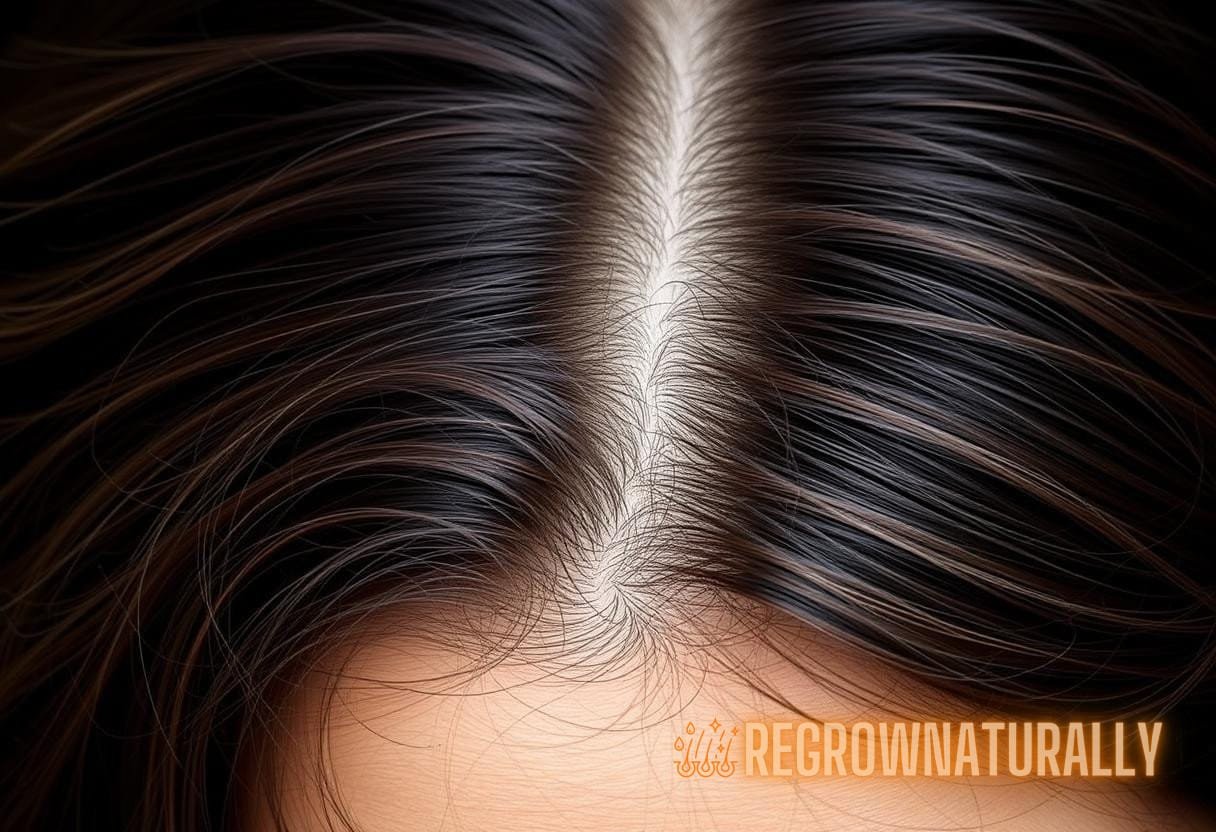Unlocking the Mysteries of Follicular Health: Innovative Approaches to Stimulating Remarkable Hair Regrowth
The journey towards restoring hairline confidence often begins with understanding the intricate science of hair follicles and recognizing the plethora of innovative approaches that exist today. Follicular regrowth success is not just a hope; it can be a reality when you leverage the right methods and information on follicle health. As we delve into the nuances of hair growth and the latest strategies available, we’ll provide verified information and concrete data to guide you through it.
Understanding Hair Follicles: The Building Blocks of Hair
Hair follicles are the tiny, pocket-like structures in the skin from which hair grows. Each follicle is an ecosystem that requires proper nourishment, hormonal balance, and environmental support to thrive. Here’s what you need to know:
- Structure: Each follicle contains a hair bulb, sebaceous glands, and dermal papilla; these components are crucial for hair production and maintenance.
- Cycle of Growth: Hair follicles operate in cycles: anagen (growth), catagen (transition), and telogen (resting). Understanding this cycle is essential for identifying effective treatments.
- Health Factors: Genetics, hormonal influences, nutritional status, and environmental factors all contribute to follicular health.
Statistics on Hair Loss and Regrowth
Globally, an alarming percentage of both men and women experience hair loss at some point in their lives. According to the American Academy of Dermatology, up to 80 million Americans suffer from hair loss. Around 40% of men are affected by male pattern baldness by age 35, and nearly 50% of women suffer from visible hair loss by age 50. It is imperative to understand these statistics as they underline the urgency and significance of exploring effective remedies for follicular regrowth success.
Innovative Approaches for Stimulating Hair Regrowth
Several strategies have emerged to address hair loss and encourage follicular regrowth success. Here are some noteworthy advancements that have garnered attention:
1. Platelet-Rich Plasma Therapy
PRP therapy is a cutting-edge treatment that utilizes a patient’s own blood to stimulate hair growth. The process involves drawing a small amount of blood, processing it to concentrate the platelets, and then injecting it into the scalp. Studies indicate that PRP can significantly improve hair density after multiple treatments.
2. Low-Level Laser Therapy
LLLT is a non-invasive procedure that uses laser energy to stimulate hair follicles. Research shows that LLLT can promote cellular repair and circulation in the scalp, leading to improved hair regrowth. It’s particularly effective for both androgenetic alopecia and other types of hair thinning.
3. Topical Minoxidil and Finasteride
Minoxidil is an FDA-approved topical treatment that promotes hair growth. Clinical trials have demonstrated significant results in individuals using Minoxidil, with about 40% to 60% of users experiencing increased hair growth within 3 to 6 months. Finasteride is another drug that prevents the conversion of testosterone to DHT (dihydrotestosterone), a leading cause of hair loss.
4. Nutritional Interventions
Diet plays an essential role in follicular health. Specific nutrients are critical for healthy hair growth:
- Biotin: Essential for keratin production, biotin promotes hair vitality.
- Vitamin D: Deficiency in vitamin D is linked to hair loss; ensuring adequate sunlight exposure can help.
- Omega-3 Fatty Acids: These healthy fats promote scalp health and have anti-inflammatory properties.
5. Stem Cell Hair Restoration
Researchers are exploring the potential of stem cells in hair restoration. Treatments involving the extraction of stem cells from the scalp and reinjecting them have shown promising outcomes in stimulating new hair growth.

Case Studies: Real-World Examples of Success
To understand the tangible impact of these innovative techniques, consider the following success stories:
Case Study 1: PRP Therapy in Action
Dr. John Smith, a dermatologist in California, reported a case involving a 35-year-old male patient who had been experiencing hair thinning for over five years. After undergoing three PRP sessions, the patient noted a visible increase in hair density and thickness, with 70% of his follicles showing growth at the six-month follow-up.
Case Study 2: Nutritional Impact on Hair Growth
A study published in the Journal of Cosmetic Dermatology revealed that participants who adopted a high-protein, nutrient-rich diet saw improved hair density over six months. The inclusion of vitamins A, C, and E, along with biotin, was particularly beneficial in restoring hair vitality.
The Role of Genetics in Follicular Regrowth Success
Genetics plays a crucial role in determining susceptibility to hair loss. For those with a family history of androgenetic alopecia, early intervention is vital. Genetic testing can provide insights into tailored treatment plans, ensuring that interventions align with individual profiles for optimal follicular regrowth success.
Moreover, understanding one’s genetic makeup can highlight the need for specific nutritional adjustments or the incorporation of targeted therapies. In fact, studies suggest that individuals with certain genetic markers respond better to specific treatments, enhancing the chances of successful regrowth.
When to Seek Professional Advice
It can be overwhelming to tackle hair loss alone. Seeking professional consultation can provide personalized treatment plans based on your unique situation. Signs that indicate it’s time to consult a professional include:
- Sudden or patchy hair loss.
- Visible thinning in specific areas.
- Continuous shedding without signs of regrowth.
You can explore more about understanding your hair loss type and how to tailor treatments based on it to enhance follicular regrowth success.
Innovative Technologies Transforming Hair Regrowth
The hair restoration landscape is rapidly evolving. Technologies such as 3D bioprinting and wearable devices are paving the way for unprecedented possibilities in regenerative medicine. These advancements are focused on:
- 3D Bioprinting: Emerging as a game-changer, scientists are exploring 3D printing of hair follicles to potentially reverse hair loss completely.
- Wearable Devices: Gadgets designed to identify environmental triggers and nutrient deficiencies are being developed to provide real-time solutions.
The Importance of Mental Health in Hair Restoration
Hair loss can impact self-esteem and mental health. Acknowledging the psychological effects, many treatment plans incorporate counseling or support groups. Recognizing and addressing mental health is essential for holistic hair restoration success, as stress and anxiety are often linked to hair loss.
Studies suggest that individuals who engage in therapy alongside their treatment show a more significant improvement in their overall well-being and hair regrowth outcomes. This integration of emotional health in treatment plans emphasizes the value of a comprehensive approach.
Conclusion: Embracing New Possibilities for Hair Regrowth
As we unlock the mysteries surrounding follicular health, a multitude of innovative approaches, technologies, and case studies reflect the evolution in achieving follicular regrowth success. By not only understanding the biological basis of hair loss but also embracing the advancements in treatment options, there is ground for hope for many facing the challenges of hair loss.



